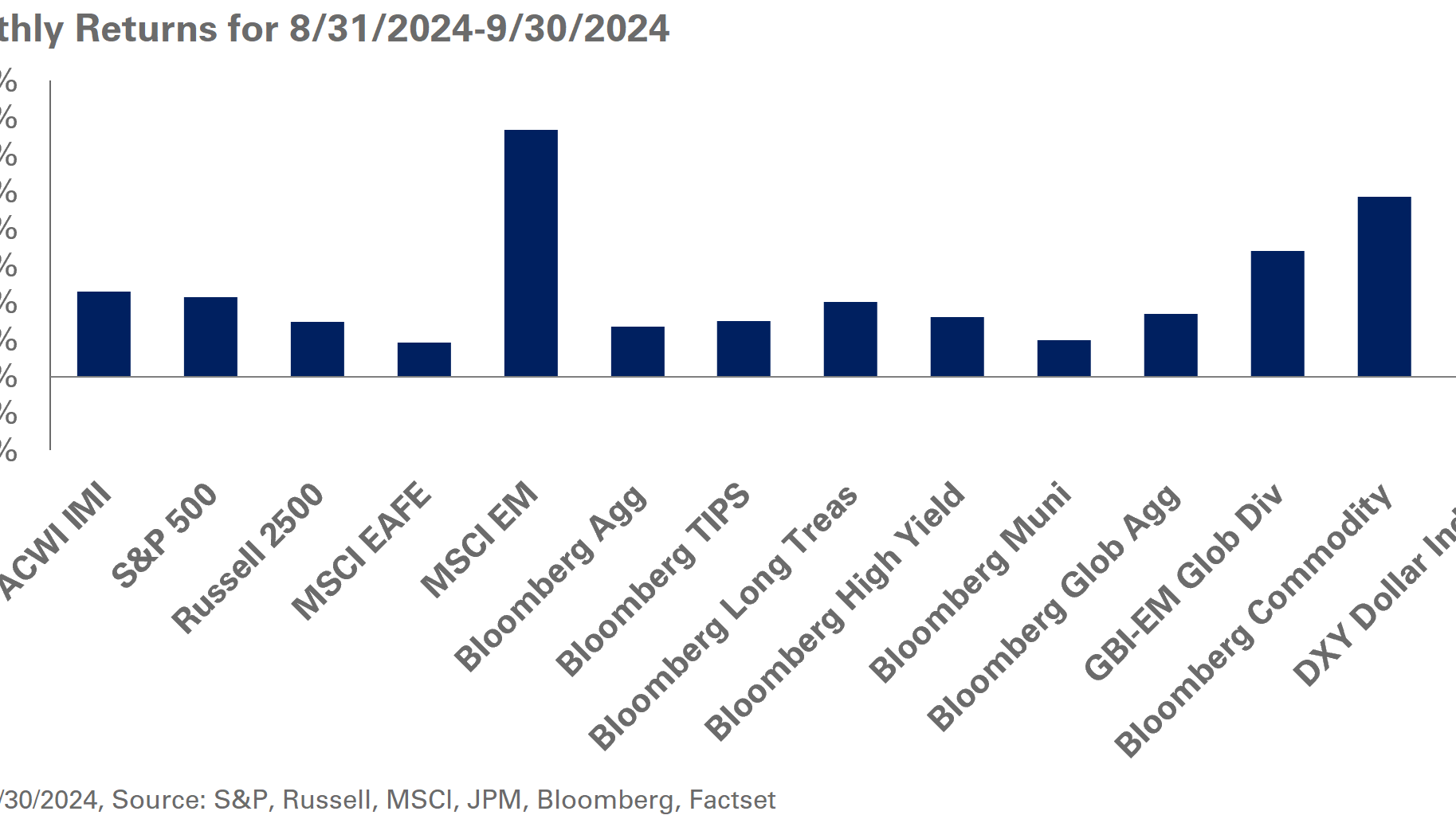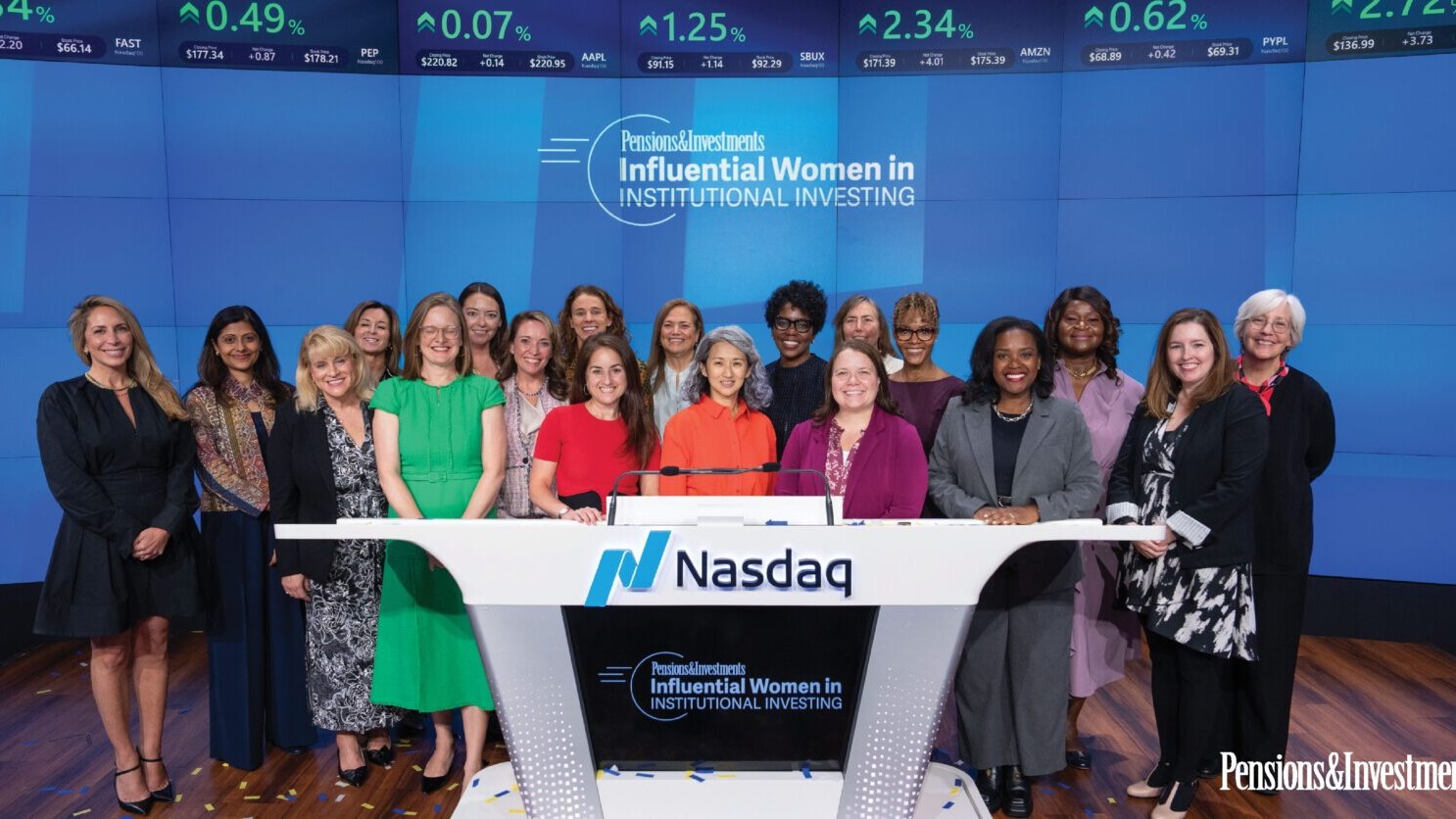NEPC examines the potential effects of President Joe Biden’s executive order restricting certain investments in China. We turn to Jennifer Appel, CFA, Senior Investment Director, Asset Allocation to understand the implications of the executive order for investment portfolios and global markets.
1. Tell us about President Biden’s 2023 executive order.
On August 9 President Biden, citing national security concerns, signed an executive order (EO) targeting U.S. investment in certain industries in China, Hong Kong and Macau. The EO is aimed at three sectors: semiconductors and microelectronics, quantum information technologies, and artificial intelligence.
The EO will require U.S. persons conducting business in China to notify the U.S. Treasury regarding investments in these sectors. It will cover direct investments in private equity, venture capital, greenfield investments, joint ventures, and certain debt financing transactions that are convertible to equity. The Treasury Department is expected to exempt publicly traded securities and passive investments, which includes limited partner (LP) commitments in Chinese private equity, venture capital, and other private market funds.
The EO does not apply to investments made prior to its final issuance which is expected in 2024. This includes unfunded commitments to existing PE/VC and other private market funds.
2. What is NEPC’s view of this executive order?
The NEPC team views the scope of these restrictions as quite narrow, for instance, public market investments and the biotech sectors are exempt. We still see many investable areas of public and private markets in China for U.S. investors.
3. What are our long-term views on investing in China?
We believe China’s equity markets are investable and that investors will be adequately compensated for the volatility profile over the long term. We recommend an overweight to emerging market equities relative to the ACWI IMI. Our thesis is driven by consumption growth in Asian markets.
Despite a lower headline growth figure, China remains the world’s second largest economy with GDP totaling $17.9 trillion; mid-single-digit growth rates are significant with the base effect. We view China as an integral part of the global investment landscape; the country level or beta exposure cannot be hedged or removed from global public equity exposure. China holds a significant weight in most public global equity indexes and represents a large portion of revenues (China Revenue Exposure to the S&P 500 Index: 7.6%). China’s current public market index weight is likely understated relative to its regional economic influence.
4. What are NEPC’s implementation recommendations for China?
For public market exposure, we encourage accessing the China all-shares market through active management. All-shares mandates provide the broadest benchmark for the investable opportunity set and offers the flexibility to invest in attractive opportunities, regardless of share class.
We believe the A-shares market represents a fertile ground for alpha generation and there is typically significant performance dispersion among companies. A-shares are most exposed to China’s domestic economy and, as such, may benefit from an uptick in domestic consumption. In addition, A-shares are generally more insulated from geopolitical risks and external shocks relative to ADRs and H-Shares.
5. What are our views on private markets in China?
Private equity in China has been largely focused on domestic consumption themes, which are still expected to outpace the average growth of other sectors of the Chinese economy. China VC funds still have the potential to generate outsized returns when compared with many U.S. VC funds. China buyout funds are likely to provide returns that are more similar to U.S. buyouts.
That said, access to high-quality PE/VC firms is critical as we expect the large dispersion of investment returns across China PE/VC firms will persist. China’s central government has restricted private investment in some sectors for policy reasons, for instance, online tutoring and video games; we expect policy risk to persist, and investors must be mindful of unexpected policy changes, which can impact sectors without warning.
The recent executive order restricting U.S. investments in China is likely to exclude U.S. LP commitments to Chinese VC, Growth, and PE funds. Final regulations are expected to be provided by the US Treasury in early 2024. Fund-of-fund commitments can be an attractive way for investors to gain China (or broader Asia/Pacific region) exposure, while diversifying the impact of firm, company and regulatory risks associated with investing solely in VC/PE in China.
6. Why have Chinese equities struggled in 2023?
Chinese equities have lagged emerging market stocks as weaker-than-anticipated economic data and geopolitical risks have weighed on market sentiment. Chinese stocks occupy 3% in the MSCI ACWI IMI Index and make up 30.5% of the MSCI Emerging Markets Index.
In addition, the fiscal and monetary responses have not been significant enough to offset these pressures and the consensus view on investing in China now reflects extremely negative investor sentiment.
7. What happened to China’s much touted post-COVID economic reopening?
China’s post-COVID economic reopening has fallen short of expectations – underscoring the country’s outsized exposure to slowing global manufacturing activity. While data from the industrial and goods economy remains weak, spending in the services sector has been robust, rebounding in many cases above pre-COVID levels.
8. How has the government responded to a weaker economy?
The government shifted its stance towards more pro-cyclical policies through rate cuts and other promises around policy easing. The highly-anticipated July Politburo meeting reflected a more pragmatic government – introducing language around more targeted stimulus measures – but additional fiscal and monetary response are needed amid the weaker economic backdrop.
Documents highlighted the potential for the use of additional monetary policy tools, consumption incentives to increase goods spending, and more support for the private sector, while removing some harsher language on the real estate sector.
Additional support for the private sector would be welcomed by the market given the vast majority of employment is attributed to privately-owned companies.
9. What about China’s high unemployment rate among youths?
The unemployment rate for people ages 16 to 24 in China is 21.3%, reflecting a mismatch between available jobs and the high-skill, high-paying jobs that recent college graduates are seeking. The problem also stems from the 2021 regulatory crackdown that impacted the education, info tech, and property sectors by reducing the number of jobs available in these sectors. This backdrop fuels concerns around the country’s economic and political stability. China’s demographic profile adds more pressure as the country must rely on younger parts of the population to sustain productivity and help support the rapidly aging population.
10. What are NEPC’s views on China’s debt levels?
At the aggregate level, China’s debt-to-GDP ratio of ~280% is only slightly elevated relative to other large economies. Also, household and business balance sheets are generally healthy, with high savings rates and slower debt accumulation in recent years.
However, certain parts of the economy, including property developers and local governments, are more concerning as they are saddled with outsized debt loads. Both have overinvested in the last decade, pursuing debt-fueled projects to boost growth and enhance infrastructure, and have struggled as revenues have slowed with the downturn in housing.
While the risk of widespread municipal defaults is low, there is growing concern that local municipalities will be forced to reign in their spending and focus on debt repayment, which would be a headwind to growth.
11. Where do U.S.-China relations stand now?
Tensions between the U.S. and China have been a source of investor unease. We believe the relationship between the countries will likely remain strained, with targeted restrictions being levied on sectors that influence national security. The result so far has been a selective decoupling of certain industries and segments of their economies, with the goal of reducing dependence on one another.
That said, we believe these restrictions will impact a select portion of industries. We still expect capital markets to be accessible to public and private market investors. We also do not foresee a complete separation of the two economies given their extensive economic linkages. We do not believe an invasion of Taiwan and a military conflict are likely and view these as tail-risk outcomes for markets.
Josh Beers, Head of Private Equity Investments, and Eric Harnish, Senior Investment Director, contributed to this piece.



